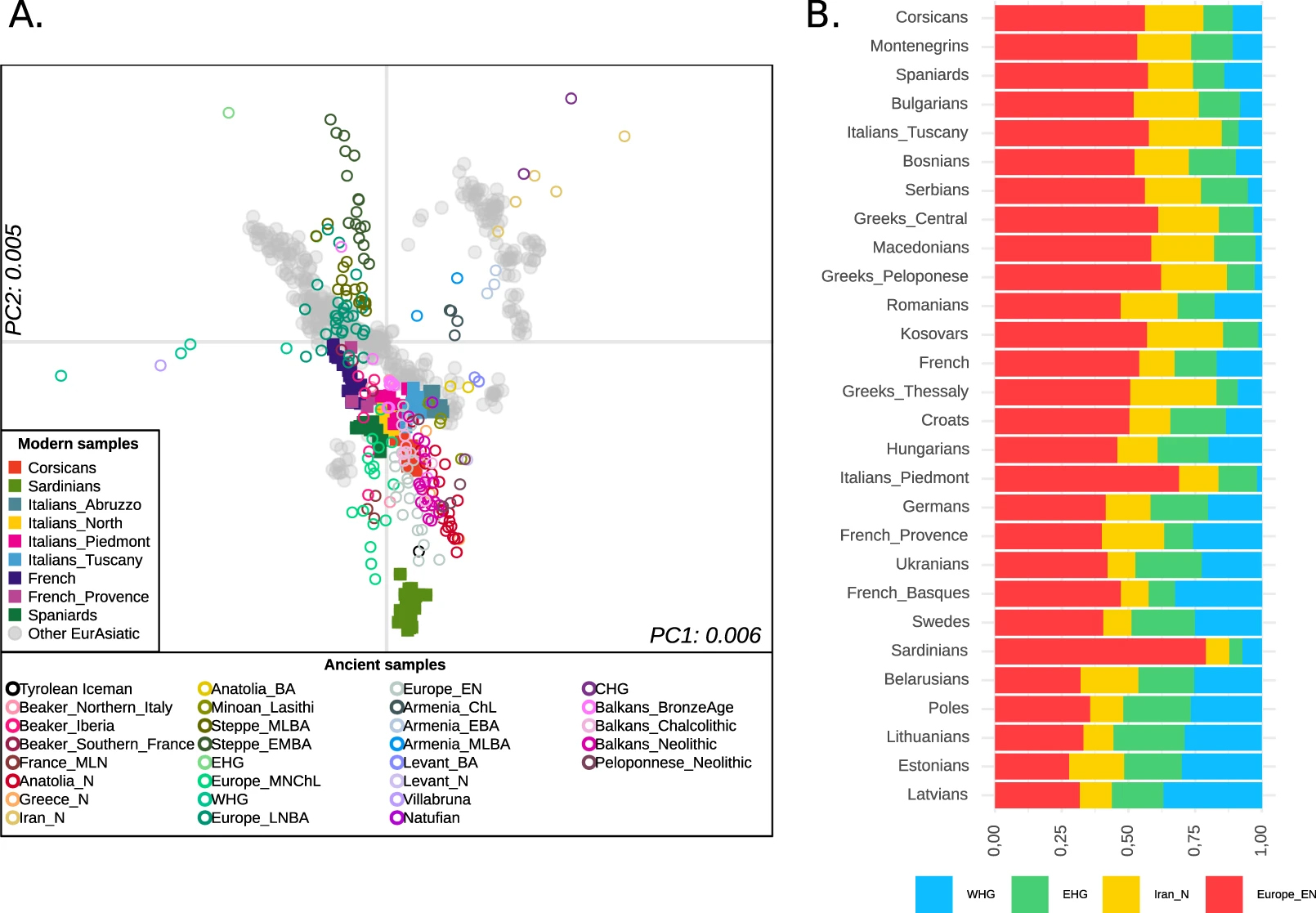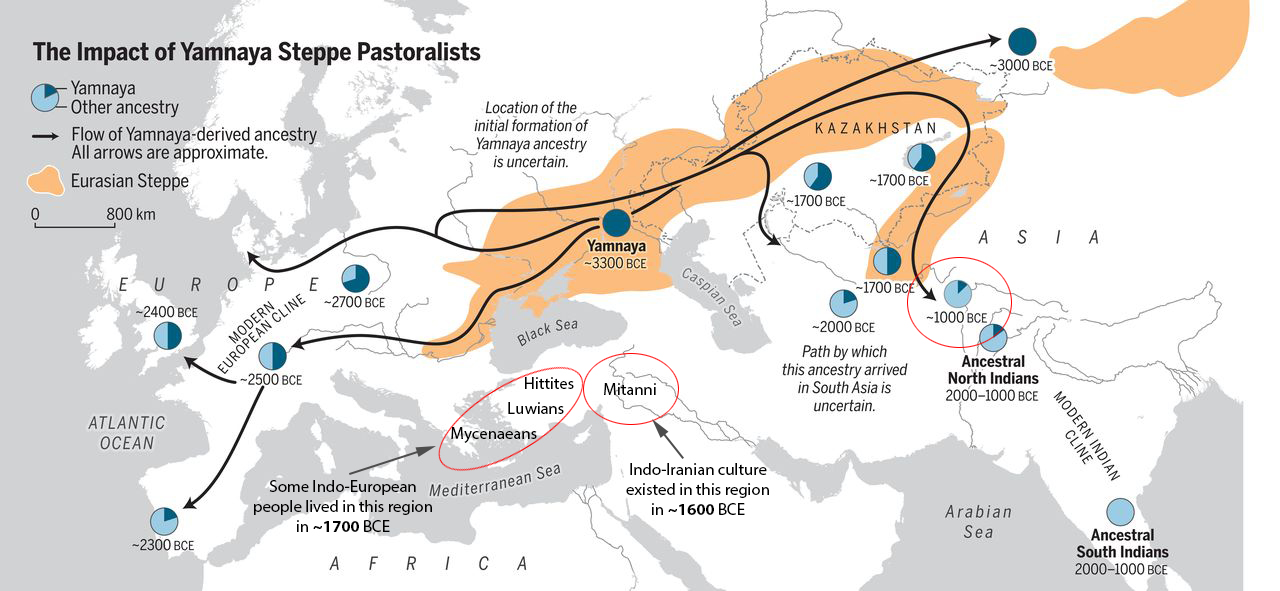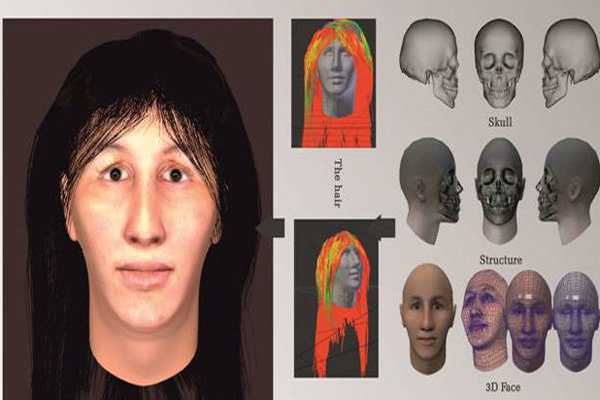No, it is not just that. They're saying that the Iran_N already had ancient genetic structure before admixing with other very distinct admixtures like Anatolia_N. They assert that according to their analysis the Iran_N-related admixture that spread throughout South Asia had diverged from the similar admixture in Iran_Mesolithic (Belt Cave), still unmixed (almost entirely Iran_N-related) Ganj Dareh herders and ANF-mixed Hajji Firuz and Tepe Hissar farmers before all the latter diverged from each other, suggesting that the Iran-N-related cline had a split between the "eastern" branch that spread to South Asia and the "western" (Ganj Dareh and Hajji Firuz) and "central" (Tepe Hissar) populations even before the advent of farming and herding in the Iranian Plateau, before 10,000 B.C.E.
They are arguing that in the Iranian Plateau different hunter-gatherer populations must have transitioned to herding and later to farming independently, without massive population replacement. If I had to bet, I'd say that the Iran_N farmers that expanded into South Asia lived in what is now Afghanistan, the Pashtun lands of Pakistan and easternmost Iran. Too bad that they didn't test the Central Asian/Turan and Eastern Iran Neolithic to Bronze Age samples to assess if their Iran_N-related admixture was more of the "western/central" kind or of the "South Asian" kind.
Read:
To obtain insight into the origin of the Iranian-related ancestryin the IVC Cline, we co-modeled the highest-coverage individualfrom the IVC Cline, Indus_Periphery_West (who also happens tohave one of the highest proportions of Iranian-related ancestry)with other ancient individuals from across the Iranian plateaurepresenting early hunter-gatherer and food-producing groups:a ~10,000 BCE individual from Belt Cave in the Alborsz Mountains, a pool of ~8000 BCE early goat herders from Ganj Darehin the Zagros Mountains, a pool of ~6000 BCE farmers from HajjiFiruz in the Zagros Mountains, and a pool of ~4000 BCE farmersfrom Tepe Hissar in Central Iran. Using qpGraph (Patterson et al.,2012), we tested all possible simple trees relating the Iranianrelated ancestry component of these groups, accounting forknown admixtures (Anatolian farmer-related admixture into HajjiFiruz and Tepe Hissar and Andamanese hunter-gatherer-relatedadmixture in the IVC Cline) (Figure S3), using an acceptance criterion for the model fitting that the maximum jZj scores betweenobserved and expected f-statistics was <3 or that the Akaike Information Criterion (AIC) was within 4 of the best-fit (Burnhamand Anderson, 2004). The only consistently fitting models specified that the Iranian-related lineage contributing to the IVC Clinesplit from the Iranian-related lineages sampled from ancient genomes of the Iranian plateau before the latter separated fromeach other (Figure 3 represents one such model consistentwith our data). We confirmed this result by using symmetry teststhat we applied first to stimulated data (Figure S4) and then evaluated the relationships among the Iranian-related lineages, correcting for the effects of Anatolian farmer-related, Andamanesehunter-gatherer-related, and West Siberian hunter-gathererrelated admixture (STAR Methods). We find that 94% of the resulting trees supported the Iranian-related lineage in the IVCCline being the first to separate from the other lineages, consistent with our modeling results.
Our evidence that the Iranian-related ancestry in the IVCCline diverged from lineages leading to ancient Iranianhunter-gatherers, herders, and farmers prior to their ancestors’separation places constraints on the spread of Iranian-relatedancestry across the combined region of the Iranian plateauand South Asia, where it is represented in all ancient and modern genomic data sampled to date. The Belt Cave individualdates to ~10,000 BCE, definitively before the advent of farminganywhere in Iran, which implies that the split leading to the Iranian-related component in the IVC Cline predates the advent offarming there as well (Figure 3). Even if we do not consider theresults from the low-coverage Belt Cave individual, our analysisshows that the Iranian-related lineage present in the IVC Cline. e predates the advent offarming there as well (Figure 3). Even if we do not consider theresults from the low-coverage Belt Cave individual, our analysisshows that the Iranian-related lineage present in the IVC Clineindividuals split before the date of the ~8000 BCE Ganj Darehindividuals, who lived in the Zagros mountains of the Iranianplateau before crop farming began there around ~7000–6000BCE. Thus, the Iranian-related ancestry in the IVC Cline descends from a different group of hunter-gatherers from the ancestors of the earliest known farmers or herders in the westernIranian plateau.





